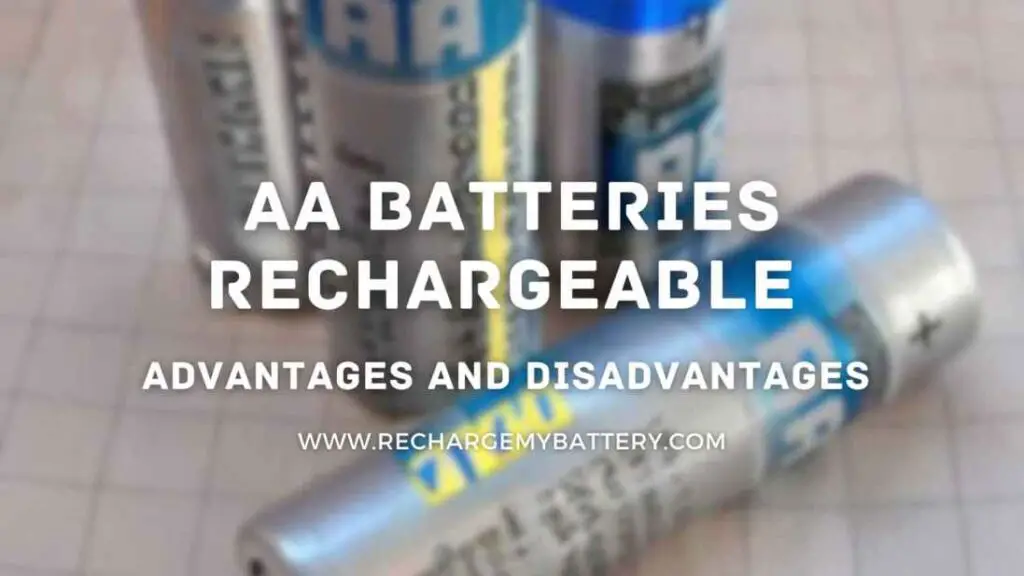Introduction
In our fast-paced world, keeping our devices charged is a top priority. But have you ever wondered about the optimal charging level for your battery? This article delves into the benefits of charging your battery to 85% and how it can significantly impact its longevity and overall performance.
The Science Behind 85% Charge
Charging your battery to 100% may seem like the best way to ensure a long-lasting charge, but in reality, it can have adverse effects on battery health. When a lithium-ion battery reaches its full capacity, it undergoes stress, leading to a gradual degradation of its capacity over time. Charging to 85% strikes a balance, allowing the battery to retain its full potential while minimizing stress.
Extending Battery Lifespan
Preserving Cell Health
By stopping the charging process at 85%, you prevent the cells from enduring unnecessary strain. This practice minimizes heat generation and chemical reactions within the battery, ultimately prolonging its lifespan.
Reducing Charge Cycles
Each time you charge your battery from 0% to 100%, you complete one charge cycle. Charging to 85% means fewer full cycles, which, in turn, preserves battery health over the long run.
Avoiding Overcharging
Leaving your device plugged in after it reaches 100% can lead to overcharging. This can contribute to battery degradation and may even pose safety risks. Charging to 85% mitigates this concern.
Optimizing Battery Performance
Faster Charging Speeds
Charging from 0% to 85% is notably faster than a full charge. This means less time tethered to an outlet and more time using your device.
Consistent Power Output
A battery charged to 85% provides a more stable and consistent power output, ensuring your device runs smoothly and efficiently.
Enhanced Charge Retention
Batteries charged to 85% tend to hold their charge better over time compared to those charged to full capacity, reducing the need for frequent recharging.
Maintaining Optimal Charging Habits
Avoiding Deep Discharges
One of the key practices in maximizing battery life is avoiding deep discharges. Allowing your battery to reach extremely low levels of charge can lead to irreversible damage. By consistently charging your battery to 85%, you steer clear of this potential pitfall and ensure your battery stays in top condition.
Utilizing Battery Saver Modes
Most modern devices come equipped with battery saver modes. These modes optimize settings to reduce power consumption, effectively prolonging battery life. When combined with the habit of charging to 85%, you create a powerful synergy that not only extends battery lifespan but also keeps your device running smoothly for longer durations.
Monitoring Battery Temperature
Extreme temperatures, both hot and cold, can have a detrimental impact on battery health. Charging your battery to 85% can help manage temperature-related stress. Additionally, it’s crucial to store and use your device in environments that are within the recommended temperature range for optimal battery performance and longevity.
Balancing Convenience and Longevity
Planning for Extended Use
When you anticipate using your device for an extended period without access to charging, it’s wise to start with a full charge. This way, you can make the most of your device’s battery capacity while still adhering to the 85% rule for routine charging.
Calibrating Battery Percentage
Calibrating your battery percentage occasionally ensures that the displayed charge level is accurate. This practice helps you gauge when it’s time to plug in and charge to 85%. A well-calibrated battery also prevents unexpected shutdowns due to inaccurate readings.
Considering Portable Power Options
For those constantly on the move, portable power options like power banks and car chargers are invaluable. They provide a convenient way to top up your battery without compromising on the 85% charging principle. This way, you can stay connected and maintain your battery’s health, even during hectic days.
Addressing Common Charging Myths
The Myth of ‘Memory Effect’
Many still believe in the existence of the ‘memory effect’ in batteries, where partial charges lead to a decrease in overall capacity. This notion is largely outdated and doesn’t apply to modern lithium-ion batteries. Charging to 85% effectively dispels this myth, allowing you to use your device without unnecessary worries about battery degradation.
Rapid Charging vs. Longevity
Rapid charging technologies have become increasingly popular, promising quick top-ups in a matter of minutes. While convenient, they can lead to higher stress levels on the battery. Opting for a slower, 85% charge ensures a gentler charging process that supports long-term battery health.
One-Size-Fits-All Charging Strategies
It’s important to note that the optimal charging strategy may vary depending on the specific make and model of your device. Always consult your device’s manual or manufacturer recommendations for the best practices tailored to your battery’s needs.
Conclusion
Charging your phone battery to 85% is a small adjustment in your charging habits that can yield significant benefits. By understanding the science behind it and recognizing how it impacts battery lifespan and performance, you can make informed choices that optimize your device’s functionality. Embrace this practice and enjoy a longer-lasting, more efficient battery.

